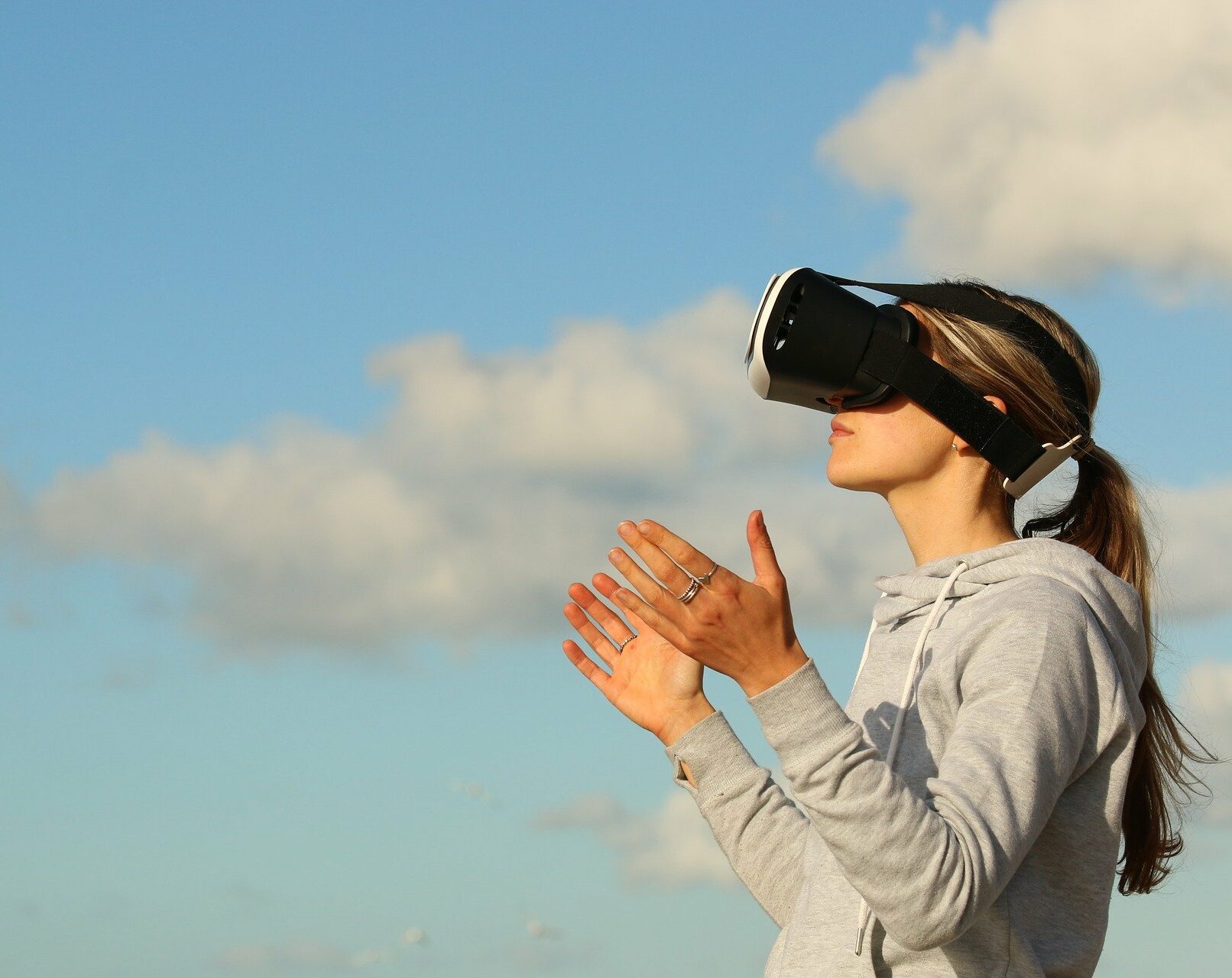Quick Announcement: Due to the Thanksgiving holiday, there will be only one post this week. We will return to our normal publishing schedule next week on Tuesday, November 30, 2021.
Virtual reality (VR) refers to technology that creates interactive, simulated environments. Often when talking about VR, many people will think of the bulky, plastic headsets people wear over their eyes when interacting with a VR environment. The technology has been around for a while, and it has gained some popularity as a form of entertainment. Facebook, Google, Samsung, Microsoft, and many modern gaming consoles either make their own VR products or are capable of running them. But of what use could VR be for dentists?
When VR is brought up in the context of dental practices, it's usually relating to training, education, and pain management during dental procedures. Oral surgeons in training, for example, could use VR environments to practice their new surgical skills safely. In addition, VR environments could be useful in demonstrating both the basics of oral physiology and the steps that would occur in a upcoming dental procedure. Most notable, however, is the use of VR as a distraction technique during an procedure. VR companies will often tout their products as a way to reduce patient anxiety and even manage pain during a procedure, either in conjunction with or as a replacement for anesthesia.
What does the research say?
One study, published in Environment and Behavior in 2017, concluded that virtual nature environments were effective at curbing the perception of pain both during and in recollections of oral procedures. The authors claim that their work builds on other, earlier research that suggested VR generally could be used to manage pain during dental procedures. In another, more recent, open-source academic article, this time from BMC Oral Health, researchers did a systematic review of medical research around the use of VR to manage child patient anxiety during procedures. While the studies they reviewed often showed VR could reduce anxiety in patients, they note that the number of studies around the subject are quite small. In short, while there does seem to be evidence in favor of VR as a tool for pain management, more research is needed to settle the matter conclusively.
In a letter published in BMJ Simulation & Technology Enhanced Learning; an open-access, peer-reviewed medical technology journal published through the British Medical Society in May of 2021; a team of researchers lists three principles that they believe should guide the development of virtual reality and similar technologies for the purpose of medical training and education: 1) design and development must be driven by learning needs, 2) implementation must go hand-in-hand with rigorous evaluation, and 3) a culture of collaboration should be fostered to ensure efficient and effective use of immersive technologies*.
These principles describe a mode of research that would focus on what's best for the needs of doctors and their patients, rather than economic incentives. Take the first principle, for example. It insists that technologies be designed around the needs of professionals who would use them, instead of making professionals pigeon hole themselves into the economically driven motives (and design limitations) of tech manufacturers. The second and third principles are calls for greater collaboration between professionals as well as high experimental testing standards, both which are mainstays of scientific research broadly. Perhaps this letter will be the precursor to better research into VR's dental and medical applications.
Whatever the future holds, practicing dentists may still be curious about VR's potential as a training tool or a means of educating their patients. If you're interested in learning what programs and VR hardware is available to serve your practice, give Titan Tech a shout to schedule a consultation.
And join us next week for more tech news.
*The principles from the article are printed here verbatim. However, since their format deviates from the way they appear in the article's text, we have not framed them with quotation marks (" ").

